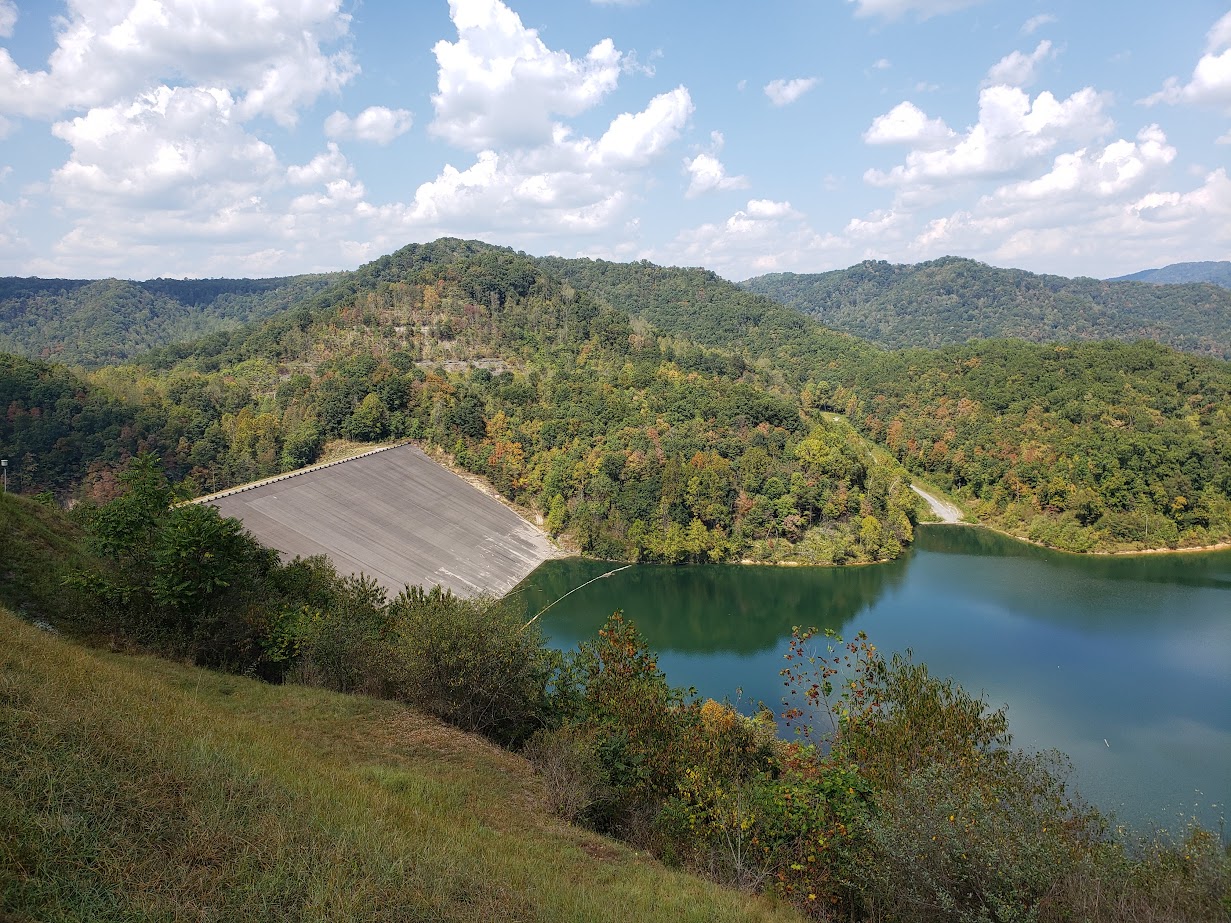As storms rolled across West Virginia last Thursday unloading water in areas throughout the state, many of the state’s dams were functioning at high capacity. Aaron Smith is a Senior Project Manager with the Huntington District of the Army Corps of Engineers. He said dams like the Bluestone located in Summers county just upstream from Hinton did their job.
“A lot of people in Charleston don’t realize that they live downstream from one of the largest dams in the state, Bluestone, which could send waters downstream that could put Charleston under 10-15 feet of water. And that’s an extreme event and I don’t mean to scare people, but it’s an important fact that you need to realize,” Smith said.
The Huntington district of the corps controls all seven dams that exist in the state of West Virginia. The ones most effected by the weather event last Thursday were the:
- Sutton dam located on the Elk.
- Summersville dam located on the Gauley.
- Bluestone dam located on the New River.
Jim Schray is the Senior Water Management Specialist at the Huntington District of the corps. Schray said on Thursday of last week things kicked into high gear mid-afternoon.
“As we’re watching those dams and watching the gauges downstream we’re starting to see very significant rises and we’re seeing significant rainfall,” Schray said. “So early afternoon we’re basically slamming shut the gates to cut off that water and store it to reduce the floods downstream, so it was very busy. Traditionally on a normal day, I’m running one computer model, on Thursday I was running 6.”
Schray said some of the heaviest of the rain fell outside the dams’ control – below Summersville, below Bluestone and below Sutton. He said they were able to catch most of the rain that fell above the dams. When they see storms starting to take shape in the models, they always close the dams.
“Basically we impound that water in our dam,” Schray said. “If you look at Summersville specifically, the elevation that resulted from this event is the second highest in its history. We stored almost 42 feet of water and we store that water till the downstream stages drop below the damage levels.”
He said they started to see those lower, normal levels on Saturday which led to the release of water at Summersville and Sutton. The controlled release allows the dam to slowly get back to normal levels, so the corp can be ready in case of another weather event.
Schray said when storms exceed the ability of the dam too retain flood waters it’s called a spillway event. In those instances, a dam may have to spill a significant amount of water downstream, and that can cause flooding too. Schray says the state-run Summit Lake Dam above Richwood experienced a spillway event last week.
According to Smith and Schray the idea of a dam on the Greenbrier River is one that’s floated around in the past, but there’s never been enough support to make it a reality.
